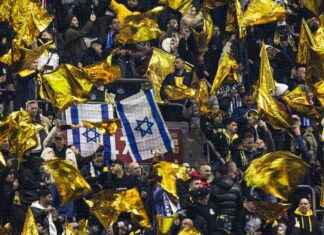* The author is part of the community of readers of La Vanguardia
This photographic report in Las Fotos de los Lectores de La Vanguardia conveys the essence of the town of Tornabous, in the Urgell region.
The images show us the light and color in the fields around this town, with details of the branches and buds of the trees.
Tornabous is also known for two historical figures from the world of politics who were born here in the 1880s: Salvador Seguí El Noi del Sucre (1882, Tornabous) and Lluís Companys (1886, el Tarròs).
The municipal term is distributed in two main areas. The first is formed by the nucleus of Tornabous, surrounded by Puigverd d’Agramunt, Claravalls, Aguilella (Barbens) and Anglesola. The other includes the centers of Guàrdia d’Urgell and Tarròs, which are surrounded by the areas of Agramunt, Puigverd d’Agramunt, Barbens, Ivars d’Urgell and La Fuliola.
Tornabous has several places of interest Iberian city of Molí d’Espígol; the church of Santa Maria de Tornabous, with remains of the ancient Romanesque temple; remains of the old Romanesque church (XII-XIV centuries); the Casal dels Pujalt, majestic Renaissance house from the 16th century, which today is Casa de la Vila; Ca l’Eloi, manor house from the 18th century; the old Molí d’Espígol, flour mill, near the Canal de Urgell (19th century).
In addition to walking through the fields and capturing images like the ones we see in this report, you can also stroll along Calle Major, where you can see some houses from the 17th century.
On the outskirts of the town, there is also the old communal laundry, recently recovered; the Parc del Reguer, a green area with more than 26,000 square meters and the Tornabous Banana tree, a monumental tree more than 23 meters high.








